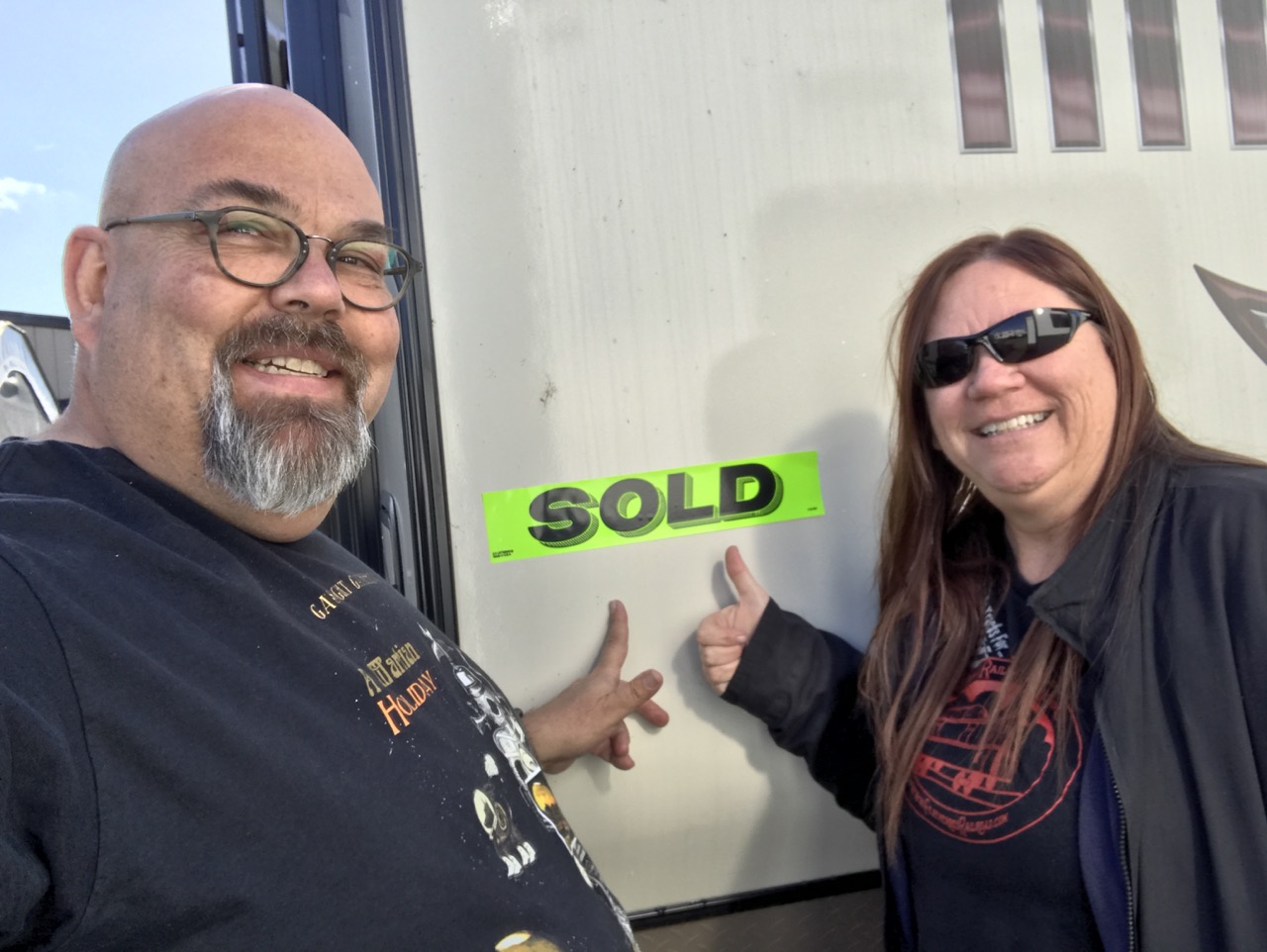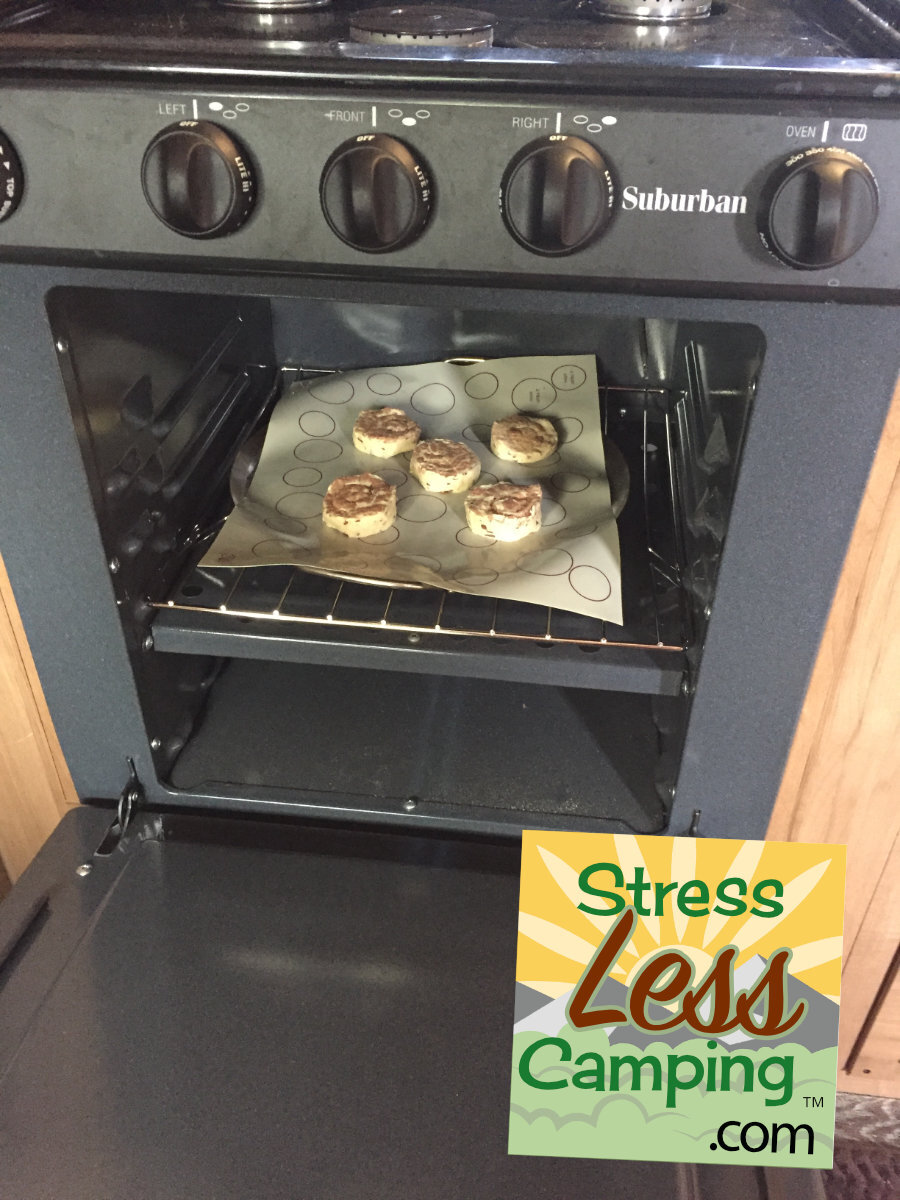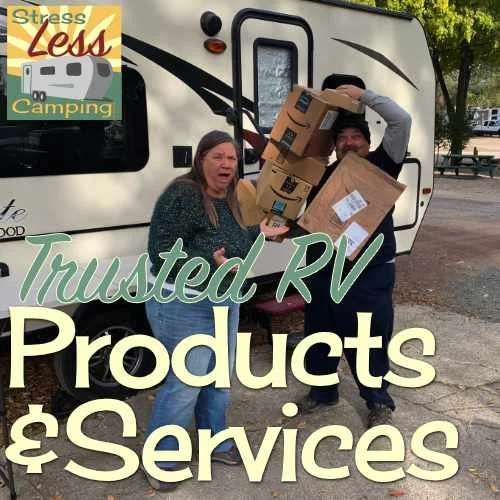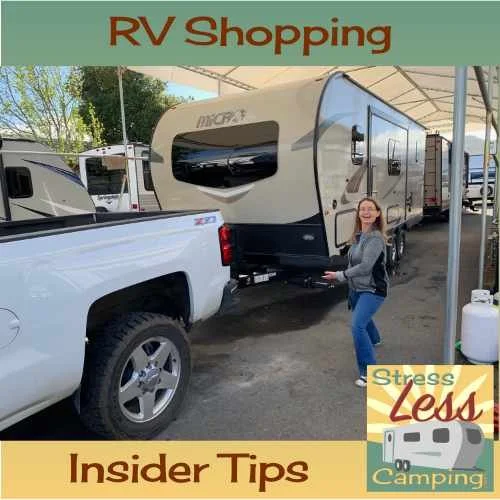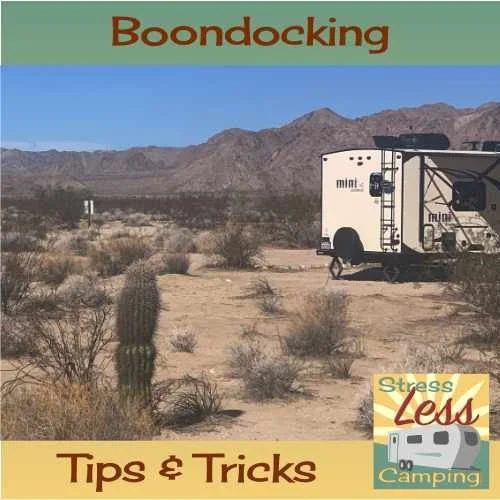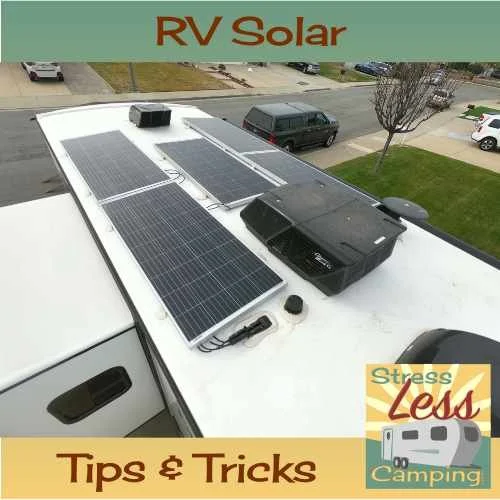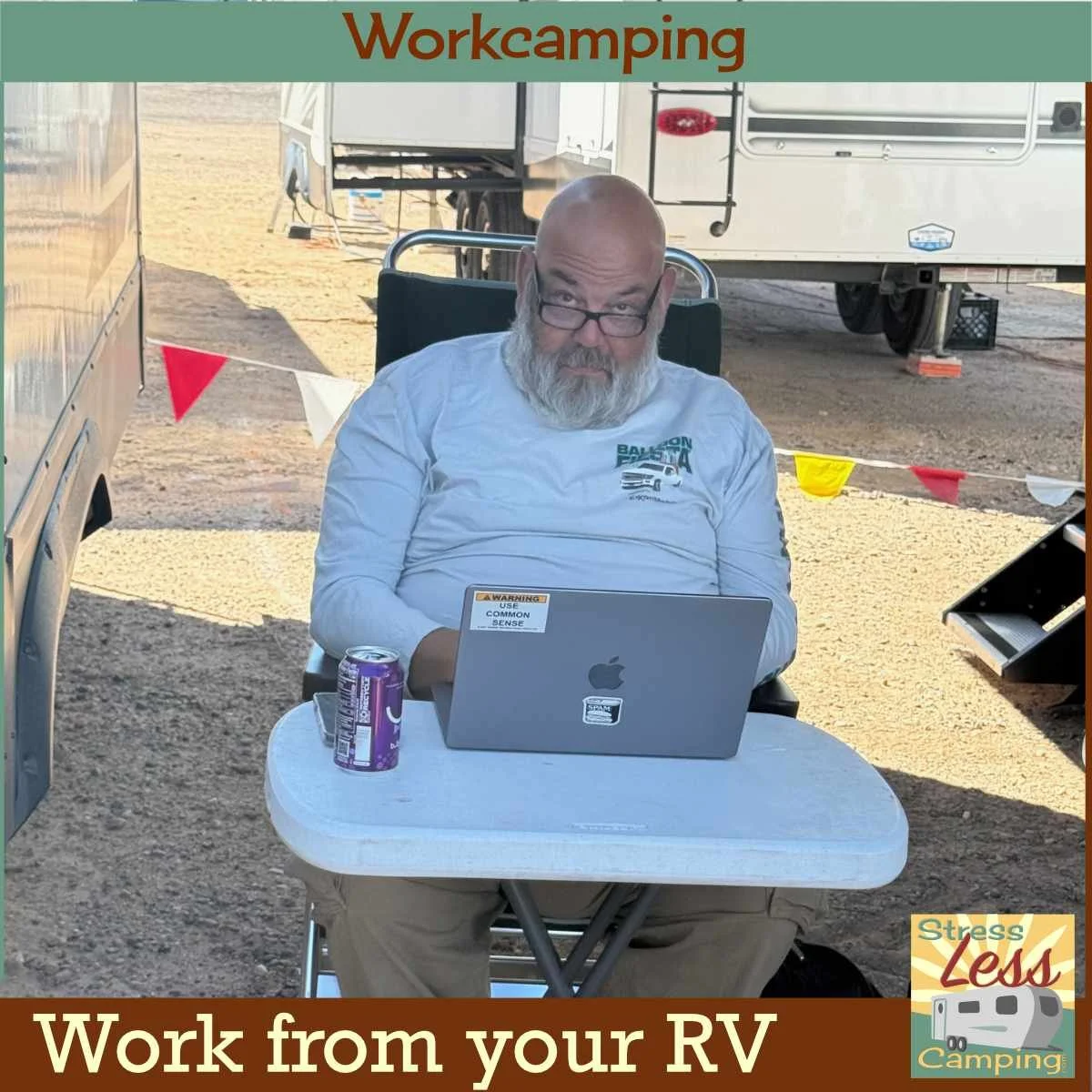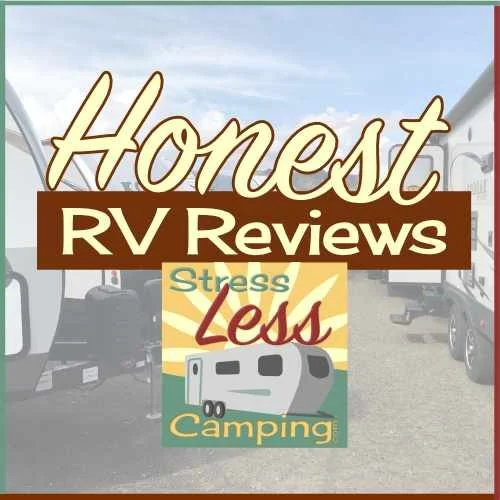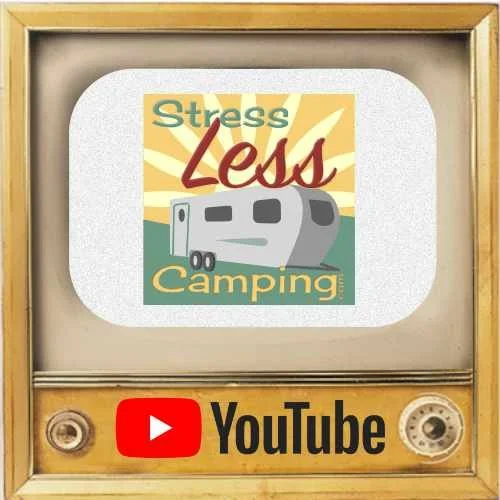RV oven tips: six tips for successful baking
Tips and tricks for using the RV oven - how not to burn your food
I recently conducted a poll for an RV website about RV ovens asking if people use them. It turns out many of the hundreds of respondents said that they did. For storage. In other words, a lot of people told us that the oven in their RV was worthless as anything more than an expensive storage box.
But this doesn’t have to be. The RV oven is fully capable of being part of a great way to prepare a hot meal and, as a benefit, it heats up the inside of your RV in winter while doing so. It’s also reasonably efficient with propane so, perhaps, it’s time to give that little oven a second look.
There are actually two main sizes (in height) of ovens for RVs, a 17” oven and a 22” oven. I can see why anyone with the 17” oven doesn’t use it, it’s really short. That tiny size places the burner, which is at the bottom of the oven, very very close to the food. So you’ll want to do something to mitigate that.
The 22” oven is actually a really good size and can be used for roasts, baking and so much more. It’s a fairly decent oven with the right tips and tools, which we’ll get to here.
Lighting the oven
The typical RV oven’s heating system is less than ideal, primarily because of the size of the ovens. The pilot light sits at the very bottom of the oven and then ignites a burner under a sheet metal plate that is intended to distribute the heat evenly. It doesn’t.
Unfortunately that heat source is really close to the food so there are usually hot spots to be aware of. In fact using a laser thermometer can help you pinpoint where the oven’s hot and where it’s not to help you with avoiding burning the food.
Furthermore, lighting the pilot is an exercise in contortion as the oven sits low in the cabinetry and you have to get your eyes low enough to see when the pilot is lit. Since we theoretically turn the propane off when we travel, the pilot cannot be designed to stay lit. So you have to light it before each use.
How to light your oven
Get down low, move the temperature knob to “Pilot” and press it in for a few moments, releasing the gas. Then you hold a barbecue lighter to the pilot and it’ll light. But you have to keep that button in long enough to heat the oven’s sensor so it knows to keep the pilot lit. Make sure the pilot stays lit when you release the button.
The good news is that some of the newer RV ovens do have a lighter that you doesn’t force this type of contortion on your part.
Tips
Distribute the heat - Use pots and pans that might distribute the heat more evenly such as cast iron. Another way to distribute the heat in the oven is to utilize a pizza stone or other baking stone. Another suggestion is to turn a cookie sheet upside down in the bottom of the oven. These don’t shatter and it offers the same results at the baking stone. This can really make a big difference in how well the oven performs. For the stove top we like this cookware for RVs.
Turn the food - Unlike in your home oven these have real hot spots due to the limited distance between the burner and the food itself. You’ll want to turn the food frequently. Depending on what you’re cooking you may also have to flip the food more frequently than in a home oven.
Move the racks - you can move the racks up and down and you can use this to your benefit. The rack doesn’t have to be on the lowest level
If you have a really shallow pan, you might even be able to move the pan below the burner to almost broil the food but be very, very careful that you don’t catch the food on fire. RV fires are nothing to laugh about.
Get a thermometer - many ovens have inaccurate temperature sensors. I’ve found that one oven may show 325° but actually deliver 360° whereas others might deliver less than the set temperature. Having an oven thermometer will help you to know what the oven is doing.
You might be surprised to know that the oven will actually maintain a consistent and low temperature. For example, using your thermometer you can determine where it’ll be about 225° which is the ideal temperature for slow-cooking things like a pork roast. In fact here’s a recipe for RV oven slow-cooked pulled pork. You won’t find a temperature that low on the dial but the oven will definitely deliver it.
Once you get used to the oven in your RV you’ll be surprised at how versatile it is. The smaller size means it’s pretty efficient with propane and it truly does do a good job. We’ve cooked all sorts of things in our oven from slow
